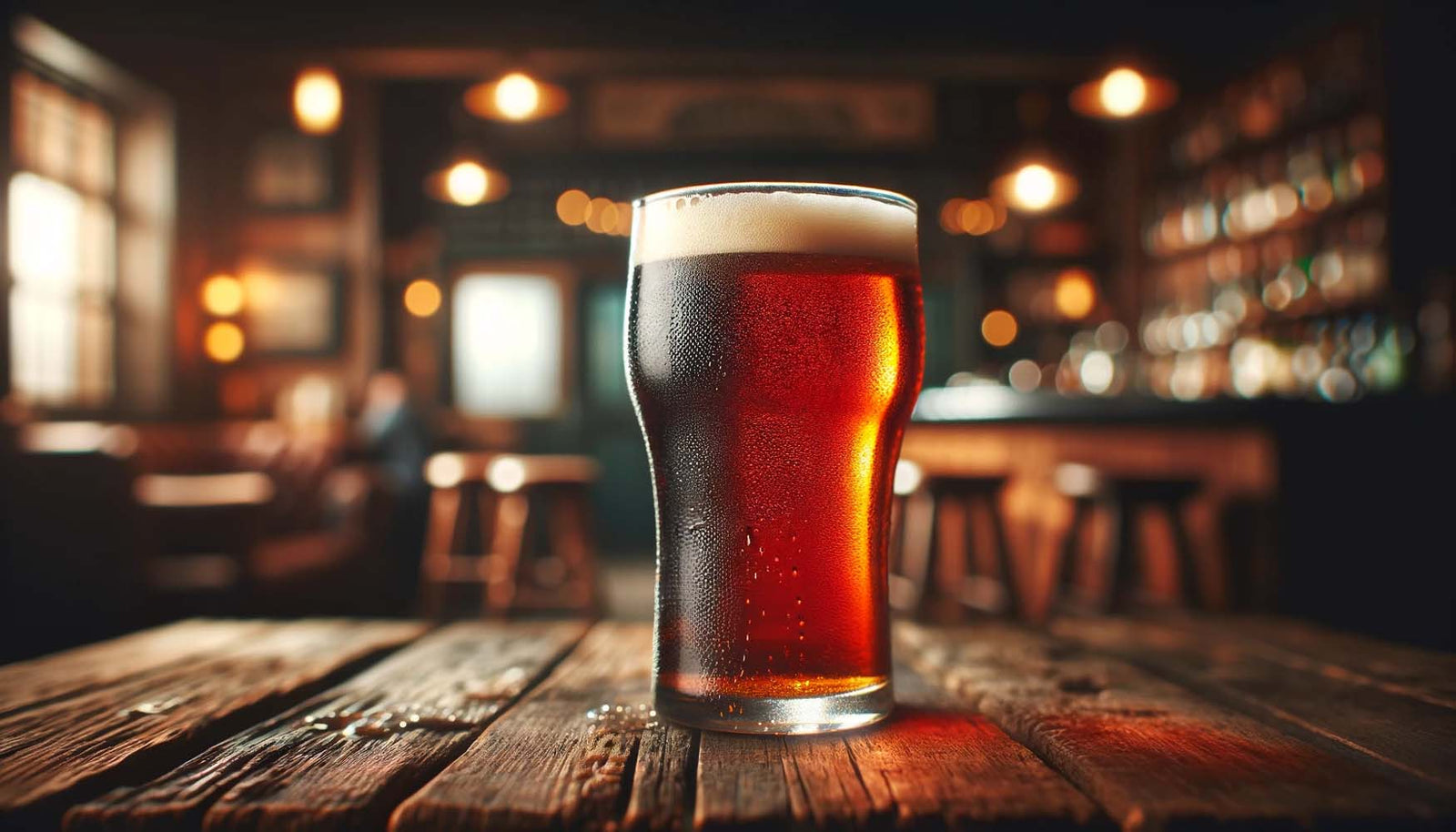The History of Amber Ales
Amber ales, stemming from the traditional pale ales of England, have carved their niche in the beer world, especially within the American craft beer scene. The term 'amber' signifies their distinctive color, ranging from light copper to a deep reddish-brown. This style rose to prominence as North American brewers innovated with malt and hop combinations, creating a unique twist on the classic ale.
Characteristics of Amber Ales
The color of an amber ale, a key feature, comes from caramel and crystal malts. These malts bring a slight sweetness and can add a toasty or nutty flavor. The hop profile in amber ales can vary—American versions often have a bolder hop flavor with notes of citrus or pine, while European styles might emphasize the malt.
Tasting Notes
Amber ales balance malt sweetness and hop bitterness, offering flavors like caramel, nuts, and dark fruits from the malt, offset by the bitterness and citrus or floral notes from the hops. Their smooth finish makes them highly approachable.
Brewing Amber Ales
When brewing an amber ale, balance is crucial. Key ingredients include pale malt with caramel and crystal malts for color and sweetness, a variety of hops depending on the desired flavor, and typically a clean-fermenting ale yeast.
Notable Amber Ales
- From the U.S.: Sierra Nevada Celebration Ale, New Belgium Fat Tire
- From the U.K.: Fuller's London Pride, Adnams Broadside
Conclusion
Amber ales offer a rich, balanced experience, perfect for those who appreciate both malty and hoppy notes. They are accessible yet intriguing, suitable for a range of occasions and tastes.


